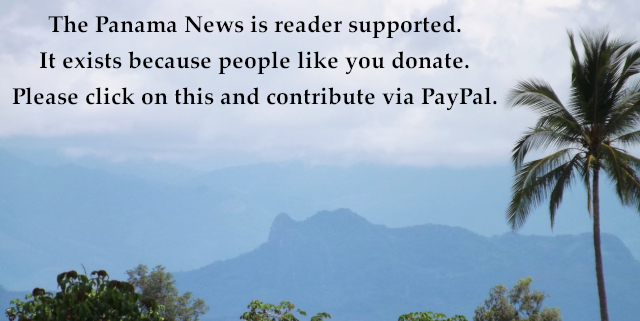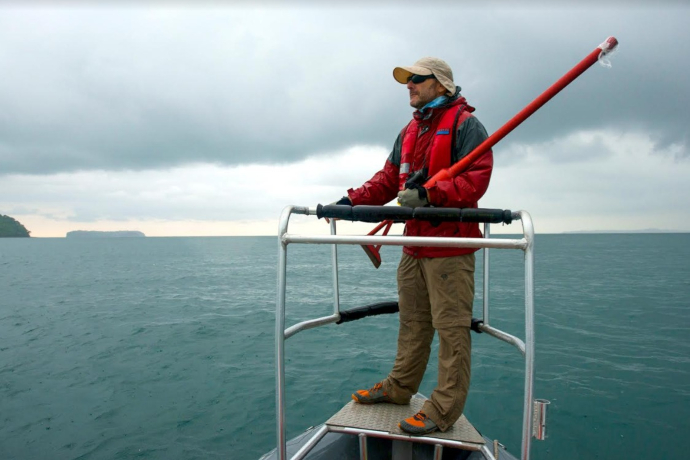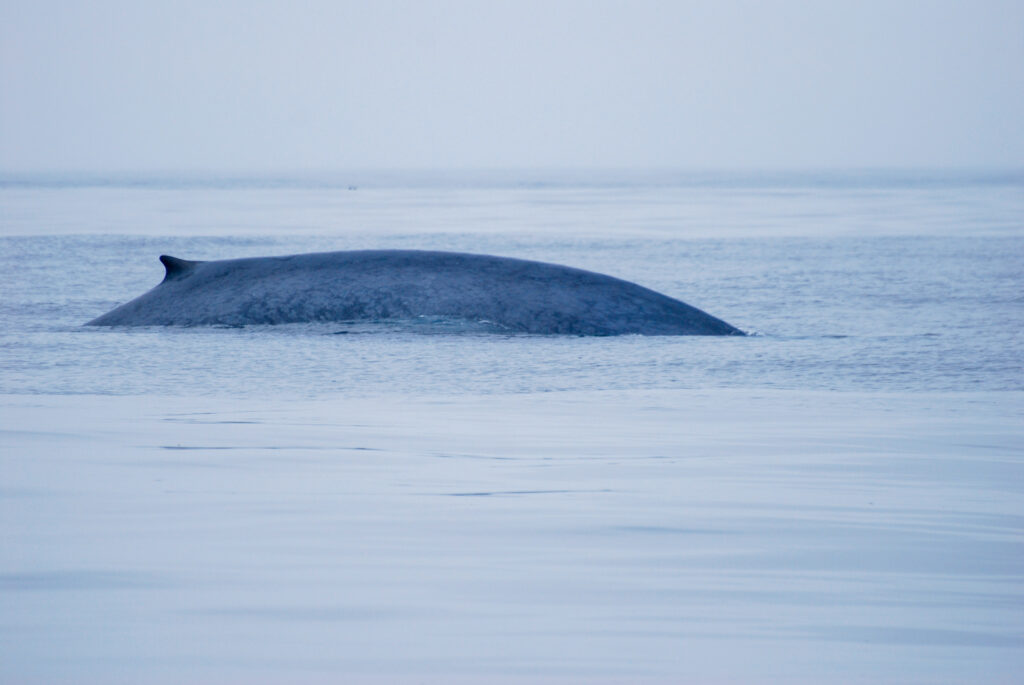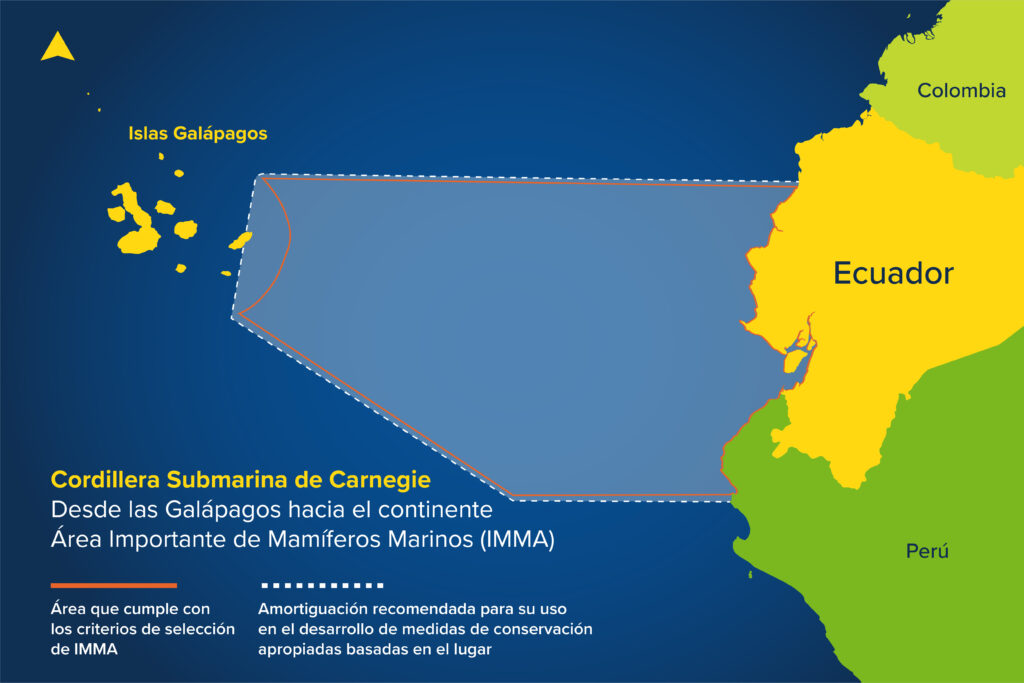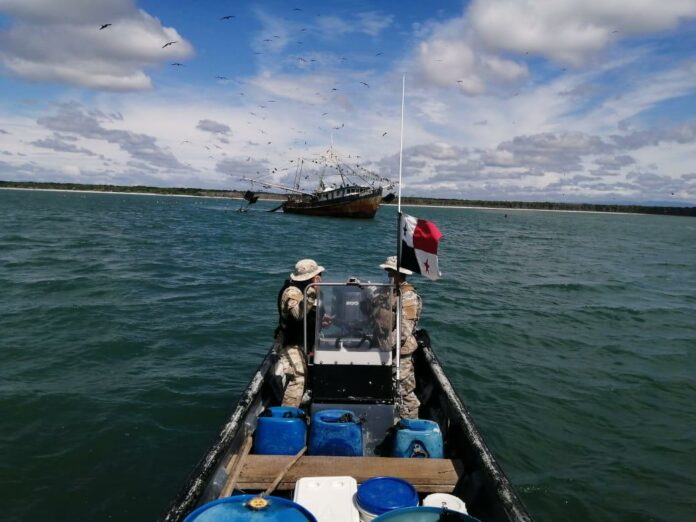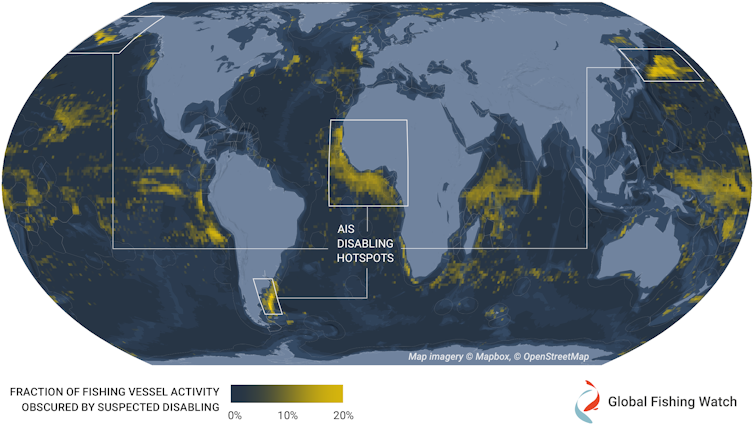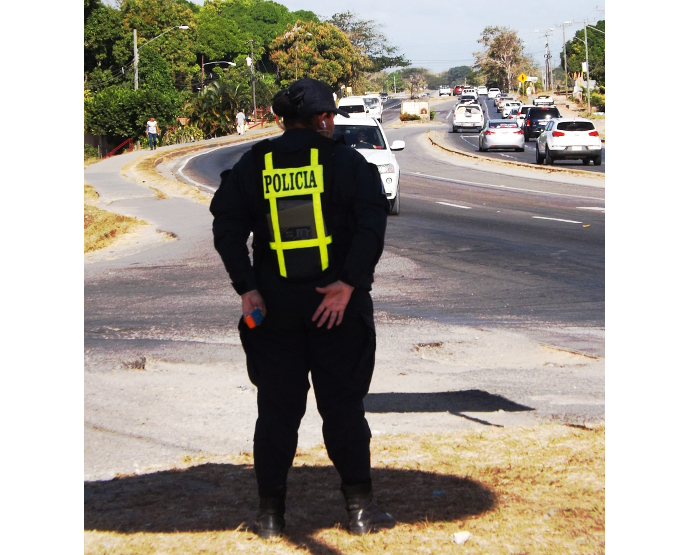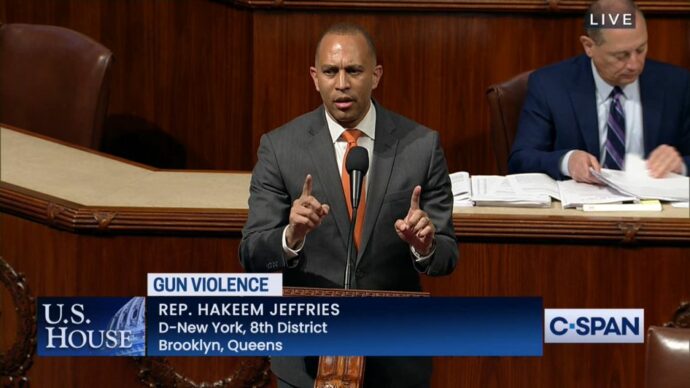El grupo de trabajo de Áreas Protegidas de Mamíferos Marinos de la Unión Internacional para la Conservación de la Naturaleza (UICN) invita a grupos de biólogos marinos a proponer Áreas Importantes de Mamíferos Marinos. La nueva IMMA a lo largo de la costa ecuatoriana dará lugar a una cascada de actividades científicas diseñadas para proteger no solo a los mamíferos marinos, sino a todo su hábitat. Científico de STRI Héctor Guzmán. Foto por Sean Mattson.
La ciencia del Smithsonian impulsa el establecimiento de una
nueva área importante de mamíferos marinos en Ecuador
por STRI
Más de 7,000 ballenas migran cada año a través de un tramo poco profundo frente a la costa de Ecuador. Científicos como Héctor M. Guzmán del Instituto Smithsonian de Investigaciones Tropicales (STRI) están celebrando la reciente decisión del Grupo de Trabajo de Áreas Protegidas de Mamíferos Marinos de la Unión Internacional para la Conservación de la Naturaleza (UICN) de aceptar su propuesta para designar a la cordillera submarina de Carnegie, un área que abarca más de 450,000 kilómetros cuadrados (casi 174,000 millas cuadradas) desde el archipiélago de las Galápagos hasta el continente, como Área Importante de Mamíferos Marinos (IMMA por sus siglas en inglés).
“Estamos encantados de que la UICN haya aceptado nuestra propuesta de designar el área de la cordillera submarina de Carnegie como IMMA y esperamos que conduzca a una mayor protección de los mamíferos marinos y su hábitat”, comentó Guzmán, “Se necesita investigación de ballenas para proporcionar la base para comprender la adaptación a escenarios de cambio climático y la mejora de la conexión entre Galápagos y el continente e identificar actividades potenciales que amenazan su capacidad para migrar pacíficamente a zonas de alimentación y reproducción. En otras IMMA, la gente ha trabajado con la Organización Marítima Internacional para regular el transporte marítimo y evitar choques letales con buques como hicimos en Panamá y Costa Rica, y algo que hemos intentado sin éxito en las costas de Perú y Ecuador. Esperamos proporcionar la ciencia para dar esperanza a estos animales”.
Desde el 2016, el grupo de trabajo ha identificado 160 IMMAs, aproximadamente un tercio del área oceánica del mundo. Las IMMA no son Áreas Marinas Protegidas y no tienen estatus legal, y se definen como “porciones discretas de hábitat, importantes para las especies de mamíferos marinos, que tienen el potencial de ser delineadas y administradas para la conservación”. Pero grupos independientes de expertos, libres de presiones políticas y económicas, siguen criterios claros para proponer áreas específicas de hábitat de mamíferos marinos como IMMA, con la esperanza de que las iniciativas de conservación nacionales o internacionales sigan su ciencia a través de un cronograma de acción claro.
Los participantes en la Conferencia Shipstrike de 2014 en Panamá discutieron por primera vez la idea de establecer las IMMA como base para futuros esfuerzos de conservación, tema que se desarrolló más en un taller en Grecia en el 2019. Los investigadores esperan que este proceso de proponer IMMA candidatas, respaldándolas con ciencia y luego avanzar hacia el establecimiento legal de Áreas Marinas Protegidas y acuerdos internacionales para establecer redes de Áreas Marinas Protegidas, catapultará la conservación de los océanos a un espacio nuevo y más efectivo.
“La IMMA de la cordillera submarina de Carnegie subraya la importancia crítica de la geografía submarina en la configuración de la biología en el Pacífico Tropical Oriental”, comentó Joshua Tewksbury, director de STRI, “las Cordilleras marinas de Cocos, Carnegie, Coiba e incluso la Bahía de Panamá, son todas definidas por su geografía submarina, y juntas forman la columna vertebral del Corredor Marino del Pacífico Oriental Tropical. Hay pocos lugares en el mundo donde la conectividad biológica, la biodiversidad y la voluntad política se unen para impulsar la conservación de manera más efectiva que en esta región”.
Los mamíferos marinos dependen del hábitat tanto superficial como profundo a lo largo de la cordillera submarina de Carnegie, un área de corteza oceánica engrosada que se extiende desde el punto clave en las Galápagos hasta algún lugar debajo del continente de América del Sur, como un trampolín a medida que migran miles de millas.
La nueva IMMA de la cordillera submarina de Carnegie cumplió con los criterios: como hábitat sensible para la migración y reproducción de ballenas azules y cachalotes en peligro de extinción y como hogar de mamíferos marinos: la ballena de Bryde, Balaenoptera edeni; delfines comunes, Delphinus delphis; ballenas jorobadas, Megaptera novaeangliae; el zifio pigmeo, Mesoplodon peruvianus; orcas, Orcinus orca; falsas orcas. La IMMA de la cordillera submarina de Carnegie incluye la mayoría de las Zonas Económicas Exclusivas de Ecuador y Perú, y aguas internacionales entre el archipiélago y el continente.
Las ballenas azules alcanzan casi 30 metros o 100 pies de largo y viven entre 80 y 90 años. Los científicos pueden saber de dónde son las ballenas azules porque porque tienen distintos llamados o cantos. La caza de ballenas azules se prohibió en 1966, pero las ballenas aún están en peligro de extinción, estresadas por el ruido causado por la exploración petrolera, la contaminación y el cambio climático. Por lo general, migran entre zonas de alimentación cerca de los polos y zonas de reproducción en los trópicos. Las orcas pueden atacar a las ballenas azules y sus crías.
Los cachalotes, las ballenas dentadas más grandes, también migran a lo largo de la costa de Ecuador. Viven hasta los 70 años y tienen el cerebro más grande que cualquier animal en la Tierra con un peso de 7.8 kg o 17 libras. La caza comercial de ballenas, como se describe en la novela Moby Dick, casi acaba con los cachalotes por el uso del aceite de esperma para velas y lubricantes, y el ámbar gris, un ingrediente en los perfumes. Las cámaras llenas de aceite de esperma en las cabezas de las ballenas juegan un papel misterioso, probablemente amplificando los chasquidos tanto para la ecolocalización como para la comunicación.
Las ballenas jorobadas, que también atraviesan la nueva IMMA, pueden migrar 8,000 kilómetros entre las áreas de alimentación y reproducción en el Pacífico sureste.
Las ballenas azules (Balaenoptera musculus) alcanzan casi 30 metros o 100 pies de largo y viven entre 80 y 90 años. Los científicos pueden saber de dónde son las ballenas porque tienen distintos llamados o cantos. Foto por David Slater, bajo licencia Creative Commons Attribution 2.0 Genérico.
La cordillera submarina de Carnegie, un área que abarca más de 450,000 kilómetros cuadrados (casi 174,000 millas cuadradas) desde el archipiélago de las Galápagos hasta el continente, como Área Importante de Mamíferos Marinos (IMMA) más reciente.
Contact us by email at / Contáctanos por correo electrónico a fund4thepanamanews@gmail.com
To fend off hackers, organized trolls and other online vandalism, our website comments feature is switched off. Instead, come to our Facebook page to join in the discussion.
Para defendernos de los piratas informáticos, los trolls organizados y otros actos de vandalismo en línea, la función de comentarios de nuestro sitio web está desactivada. En cambio, ven a nuestra página de Facebook para unirte a la discusión.
~ ~ ~
These announcements are interactive. Click on them for more information.
Estos anuncios son interactivos. Toque en ellos para seguir a las páginas de web.


